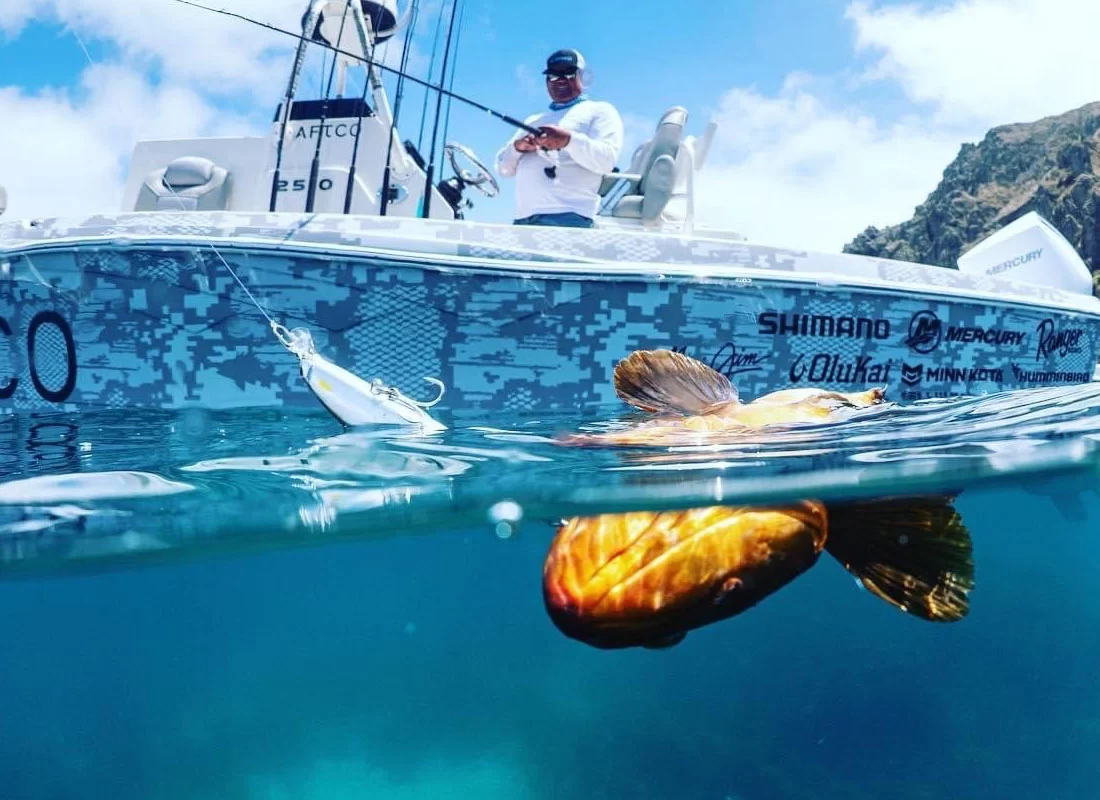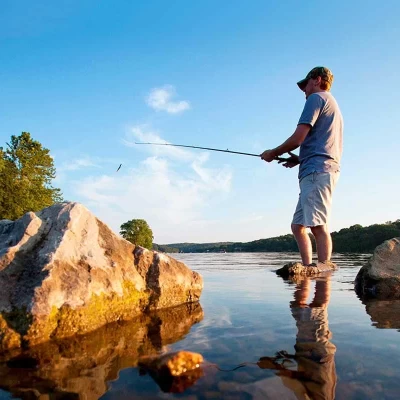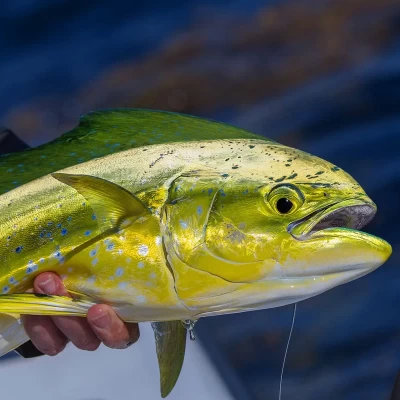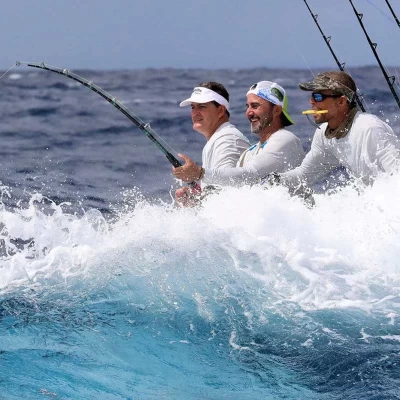Geographical Context
The Turkish Straits System consists of three key waterways: the Bosphorus Strait, the Sea of Marmara, and the Dardanelles Strait. This interconnected system serves as a critical juncture between the Mediterranean Sea and the Black Sea.
Bosphorus Strait
The Bosphorus Strait is a narrow waterway that connects the Black Sea to the Sea of Marmara. Its unique topography and hydrodynamics create conditions conducive to convergence zones, where freshwater from the Black Sea meets saltier Mediterranean waters.
Sea of Marmara
As a transitional body of water, the Sea of Marmara experiences significant mixing of different water masses. Its deeper basins and elongated depressions contribute to complex water dynamics, leading to nutrient upwelling that supports rich marine life.
Dardanelles Strait
The Dardanelles Strait connects the Aegean Sea to the Sea of Marmara. Similar to the Bosphorus, it facilitates water exchange and is characterized by varying depths and currents that contribute to the formation of convergence zones.
Formation of Convergence Zones in Turkish Seas
Convergence zones in Turkish waters result from the interaction between Mediterranean and Black Sea waters. The mixing occurs due to differences in temperature, salinity, and density between these two bodies of water. Seasonal variations also influence these dynamics, with stronger stratification occurring in summer months and increased mixing during winter storms.
Ecological Significance of Convergence Zones
The ecological importance of convergence zones cannot be overstated:
- Nutrient Upwelling: The mixing of different water masses leads to nutrient-rich upwellings that support phytoplankton growth, forming the foundation of the marine food web.
- Fish Migration Patterns: Many fish species use these zones as migratory routes or spawning grounds due to the abundance of food.
- Local Fisheries: The rich biodiversity supported by convergence zones contributes significantly to local fisheries, which are vital for the economy and food security in Turkey.
Unique Marine Life in Turkish Convergence Zones
Convergence zones in Turkish seas are home to a diverse array of marine organisms:
Fish Species
- Bluefish (Pomatomus saltatrix): Known for their aggressive feeding habits, bluefish thrive in nutrient-rich waters.
- Bonito (Sarda sarda): Often found in large schools, bonito utilize these productive areas for feeding.
- Grouper: Various species inhabit these zones, benefiting from abundant prey.
- Swordfish (Xiphias gladius): Found deeper in these waters, swordfish migrate through convergence zones where they hunt smaller fish.
Marine Mammals
- Dolphins: Several species inhabit these areas, utilizing rich marine resources for feeding and breeding.
- Mediterranean Monk Seal (Monachus monachus): This endangered species finds refuge in coastal habitats within convergence zones.
Crustaceans and Mollusks
- Octopus: Commonly found in rocky habitats, octopuses thrive in diverse environments created by these zones.
- Lobsters and Crabs: These crustaceans benefit from shelter provided by underwater structures.
Plankton and Larvae
The nutrient upwelling supports a rich community of plankton that serves as a crucial food source for many marine species, including juvenile fish.
Seagrasses and Coral Reefs
- Posidonia oceanica: This seagrass species plays a vital role in maintaining biodiversity by providing habitat for various marine organisms.
- Coral reefs contribute to overall biodiversity and serve as critical habitats for many fish species.
Human Impact on Convergence Zones
Human activities have historically impacted the TSS:
- Pollution: Industrial discharge and urban runoff have led to increased pollution levels, affecting water quality and marine life.
- Overfishing: Unsustainable fishing practices threaten fish populations and disrupt ecological balance.
- Habitat Degradation: Coastal development has led to habitat loss for many marine species.
Efforts are underway to address these challenges through conservation policies aimed at protecting these vital ecosystems.
How Recreational Anglers Can Benefit from Convergence Zones
Recreational anglers can greatly benefit from understanding and utilizing convergence zones:
1 – Identifying Productive Fishing Areas
Convergence zones are often hotspots for gamefish due to increased food availability. Anglers can target these areas to improve their chances of catching species such as bluefish, bonito, and swordfish.
2 – Utilizing Technology
Anglers can use satellite maps and fishing apps that provide real-time data on sea surface temperatures and current patterns. These tools help identify potential convergence zones where fish are likely to congregate.
3 – Timing Fishing Trips
Understanding seasonal changes can enhance fishing success. For example, fishing during periods when nutrient upwelling is expected (often after storms) can lead to better catches.
4 – Sustainable Practices
By adhering to local fishing regulations and sustainable practices, recreational anglers can help maintain healthy fish populations while enjoying their sport. This includes respecting closed seasons and catch limits as outlined by Turkish fishing regulations.
5 – Community Engagement
Engaging with local fishing communities can provide valuable insights into effective fishing techniques specific to convergence zones. Participating in local conservation efforts can also enhance anglers’ experiences while protecting marine ecosystems.
In conclusion, onvergence zones in Türkiye are ecological treasures that support diverse marine life and play a crucial role in local fisheries. Understanding their significance can help promote conservation efforts aimed at preserving these vital ecosystems for future generations while providing recreational anglers with valuable opportunities for fishing success.
Frequently Asked Questions
What are convergence zones, and why are they important?
Convergence zones are areas in the ocean where two bodies of water meet, leading to unique ecological conditions. They are important because they promote nutrient upwelling, which supports phytoplankton growth and attracts various marine species, including commercially important fish. These zones play a crucial role in maintaining biodiversity and supporting local fisheries.
How can recreational anglers identify convergence zones in Turkish waters?
Recreational anglers can identify convergence zones by using satellite maps that display sea surface temperatures and chlorophyll concentrations. Sharp temperature breaks or color changes in the water can indicate the presence of a convergence zone. Additionally, local fishing apps may provide real-time data on ocean conditions, helping anglers locate productive fishing areas.
What types of fish can be commonly found in Turkish convergence zones?
Common fish species found in Turkish convergence zones include bluefish, bonito, grouper, and swordfish. These species are attracted to the nutrient-rich waters created by the mixing of Mediterranean and Black Sea waters, making these areas prime fishing grounds for recreational anglers.
What impact do human activities have on convergence zones in Turkish seas?
Human activities such as pollution, overfishing, and coastal development have negatively impacted convergence zones in Turkish seas. Pollution from industrial discharge and urban runoff can degrade water quality, while unsustainable fishing practices threaten fish populations. Conservation efforts are essential to protect these vital ecosystems and ensure their health for future generations.








